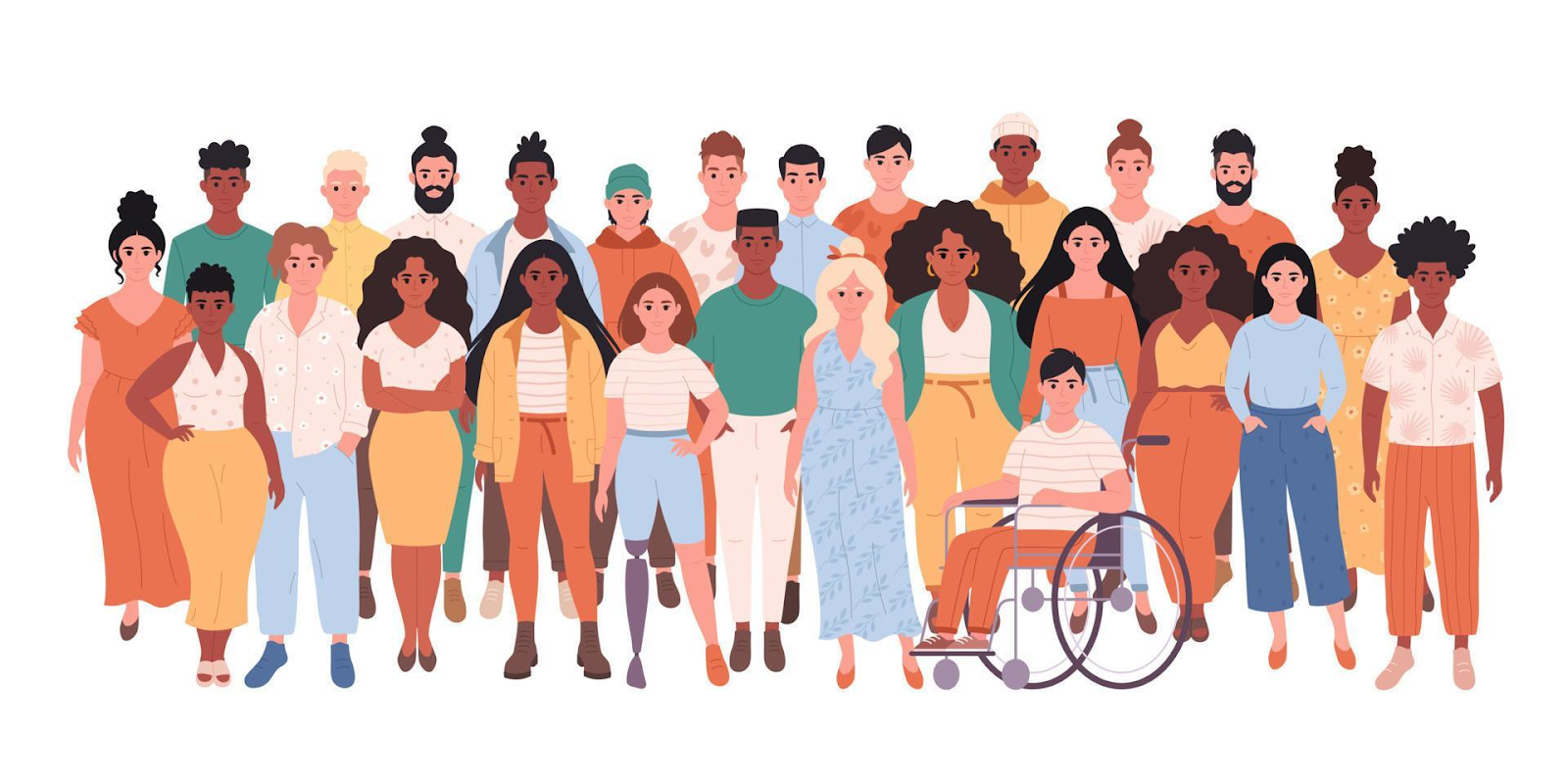When we discuss the "end of M2C" on this blog, we don't mean M2C is going away. We don't mean most, or even many, M2Cers are going to change their minds. Confirmation bias* will persist.
People can and will believe whatever they want, and that's fine.
We simply mean that M2C, as
(i) the default assumption about the setting of the Book of Mormon and
(ii) the dominant "consensus" among self-appointed Book of Mormon scholars,
will be replaced with the more transparent, robust, and harmonious approach of "multiple working hypotheses."
This is consistent with the Church's policy of neutrality on this issue, a position that every Latter-day Saint should embrace.
The pursuit of clarity, charity and understanding (and hence "no more contention") recognizes multiple working hypotheses because the objective is not unanimity or conformity, but intelligent, informed individuals making decisions for themselves.
While everyone can (or should) agree on actual Facts, people diverge quickly when they formulate their own Assumptions, Inferences, Theories and ultimately their Hypotheses (the FAITH model). That's all good.
It's even better when people clearly articulate the differences between Facts on one hand, and Assumptions, Inferences, Theories and Hypotheses on the other.But they don't expect, let alone require, everyone to agree. They are happy for everyone to make informed choices instead of having to adopt what certain scholars teach.
The pursuit of clarity, charity and understanding recognizes that the psychology of confirmation bias is powerful.
Those who believe there is one Cumorah/Ramah in New York confirm these biases:
(i) Joseph, Oliver, their contemporaries and successors told the truth about the New York Cumorah/Ramah.
(ii) The text of the Book of Mormon and extrinsic evidence corroborate what they taught.
The M2Cers confirm these biases:
(i) Oliver Cowdery, Joseph Smith, and their contemporaries imagined or concocted their accounts of what Moroni himself told Joseph Smith, as well as the experiences with Cumorah that they described.
(ii) The prophets and apostles who corroborated what Joseph and Oliver said were all wrong about the New York Cumorah/Ramah.
(iii) Scholars who developed and taught M2C have shown that the text of the Book of Mormon and extrinsic evidence corroborate M2C.
The more that people recognize and respect these biases, the more people will achieve and embrace clarity, charity and understanding.
And then we will achieve "no more contention" about the setting of the Book of Mormon.
_____
*Confirmation bias:
Confirmation Bias is the tendency to look for information that supports, rather than rejects, one’s preconceptions, typically by interpreting evidence to confirm existing beliefs while rejecting or ignoring any conflicting data (American Psychological Association).




No comments:
Post a Comment